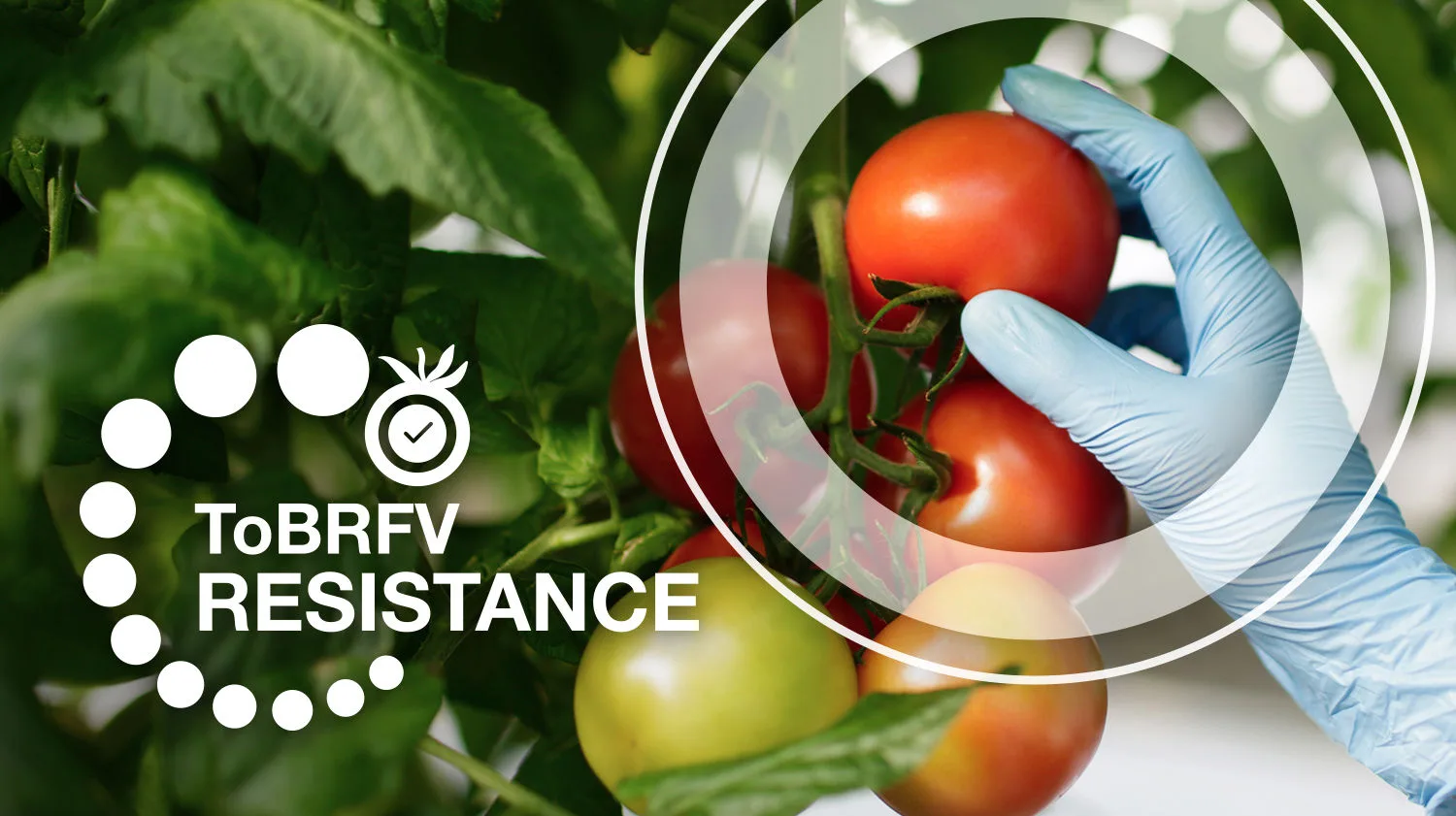Causal Agent
Alternaria brassicae, A. brassicicola, A. raphani
Distribution
Worldwide
Symptoms
These Alternaria species cause leaf spots that appear on older tissue and often begin as small, circular lesions. These lesions expand and develop concentric rings with chlorotic haloes. Lesion centers may break apart, giving a shot-hole appearance to the leaf or, if conditions are favorable, become covered with a sooty black mass of spores. These fungi may also infect seedlings with symptoms appearing as black streaks on cotyledons and hypocotyls, which may result in damping-off. Alternaria spp. may also infect the base of cabbage heads and cause browning of cauliflower and broccoli heads, rendering the heads unmarketable. Flower clusters may also become infected during seed production, affecting seed quality.


Conditions for Development
Cruciferous crop residues are commonly the primary source of inoculum. Cruciferous weeds may also harbor these fungi. Alternaria species may be seedborne. Conidia of Alternaria spp. are disseminated by wind and water. Disease development is favored by free moisture on plant surfaces and temperatures between 20-27°C (68-81°F).
Control
Use high-quality seed free of these three Alternaria species. Incorporate cruciferous residues, practice crop rotation and apply foliar fungicides to help manage this disease.





